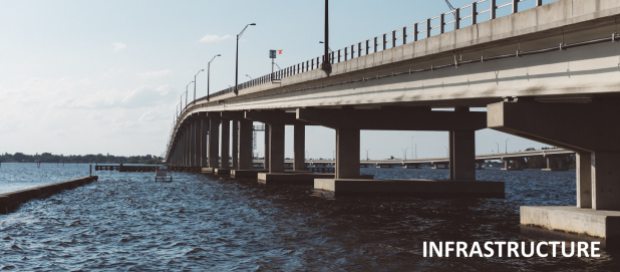
As we move from 2023 into 2024, Goods & Services Tax (GST) in Singapore will rise by another 1%. Given the prevailing rate is 8%, the 1% rate increase is actually a 12.5% increase in the consumption tax. No doubt companies will try to convince you to buy stuff before 31 December 2023 to benefit from the lower GST, rather than wait till next year. And if we were to project this logic forward, knowing that GST might eventually be 10%, there is a question of whether we should bring forward some of our purchases even more.
This is more of a psychological trick than anything. Take for example, your interest in an iPhone that may cost you $1000. Buying it before end of the year will save you $10 at the most because of the 1% additional GST that you will need to pay next year. That is hardly a ‘discount’.
Let’s say you got 10% discount from a Black Friday sale instead. Would it compel you to change to a new model rather than stick to your old one? You might. But what if instead of using your existing phone for 1 additional year (eg. 3 years instead of 2 years). If your original phone was also costing $1000, you’d effectively get a discount of 33% just by using it for 1 additional year. Obviously, it goes down if your base time length is longer.
But you get my drift. The biggest discount is when you can use your goods for longer and get more life out of it. There is no point chasing after lower prices of new goods upfront if you keep replacing them quickly. This is an element where sustainability on the consumer end actually lines up with economics but the challenge is psychology.







